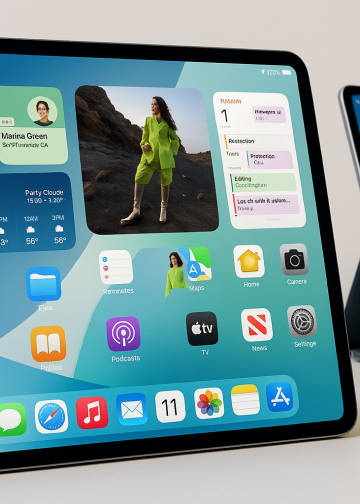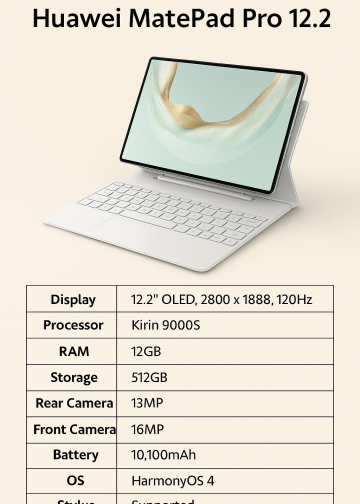Introduction: A New Era for Work in America
Remote work, once a rare perk for a privileged few, has become a defining feature of the American business landscape. Today, millions of employees across the United States participate in remote work—some full-time, others through hybrid models. What began as an emergency response to the COVID-19 pandemic has transformed into a permanent shift, with American companies investing in new tools, policies, and mindsets to adapt.
In this guide, we’ll explore how remote work USA has evolved, why it’s here to stay, and what American companies are doing to maximize business productivity while supporting virtual teams. We’ll examine the latest work from home trends, address common challenges, and provide actionable solutions for a future where work isn’t just a place—it’s wherever you need it to be.
1. The Remote Work Revolution: How Did We Get Here?
For decades, remote work was considered an oddity in most industries. In 2019, only about 5% of Americans worked remotely on a full-time basis. The pandemic changed everything. Suddenly, millions of employees set up home offices—at kitchen tables, in bedrooms, and even on porches. Within months, American companies realized remote work wasn’t just possible; it was often preferable.
- Rapid Digital Transformation: Organizations invested in cloud-based tools, video conferencing, and secure file-sharing systems almost overnight.
- Mindset Shift: Employers learned to measure success by output, not by hours spent at a desk.
- Wider Talent Pools: Companies began recruiting beyond their local zip codes, tapping national—and even international—talent.
Now, as the dust settles, remote work is a permanent feature in many American industries, from tech and finance to healthcare, education, and creative sectors.
2. Work from Home Trends Shaping the USA
What do the latest work from home trends reveal?
Hybrid is the New Normal
Many American companies have adopted a hybrid model, allowing employees to split time between home and the office. This flexibility supports productivity, mental health, and work-life balance.
Fully Remote Organizations
Some businesses, especially in software, marketing, and consulting, have abandoned the office altogether. Distributed teams span multiple states and time zones.
Tech Investments
The adoption of tools like Zoom, Slack, Microsoft Teams, Trello, and cloud storage is now standard. Cybersecurity upgrades are a top priority as more business is conducted online.
Focus on Wellness
Remote work policies increasingly include virtual fitness classes, counseling, mental health days, and wellness stipends.
Employee Autonomy
Workers have more control over their schedules, which supports diverse lifestyles and family commitments.
“Zoom Towns” and Digital Nomads
Remote work has spurred a migration to smaller cities and even rural areas, as employees seek affordable housing and a better quality of life.
3. Benefits of Remote Work for American Companies
Why are so many organizations embracing this new model?
Greater Productivity
Many studies show that employees working remotely are more productive than their office-bound counterparts. They save time on commuting and enjoy fewer distractions.
Cost Savings
Businesses reduce expenses on office space, utilities, travel, and in-office perks.
Talent Acquisition & Retention
Remote work policies allow companies to attract candidates from across the nation. Flexible arrangements also increase employee satisfaction and reduce turnover.
Environmental Impact
Less commuting means lower carbon emissions and smaller office footprints.
4. Challenges of Managing Virtual Teams
Despite its benefits, remote work presents significant hurdles.
Communication Barriers
Without face-to-face interaction, misunderstandings can occur. Not all employees feel comfortable speaking up on video calls.
Isolation and Burnout
Some remote workers struggle with loneliness, while others find it difficult to “switch off,” leading to burnout.
Maintaining Company Culture
Building relationships and maintaining a cohesive company culture is challenging with a distributed workforce.
Security Concerns
Home networks are often less secure than office environments. The risk of cyberattacks and data breaches is heightened.
Performance Tracking
Managers must adapt to new ways of measuring productivity—focusing on results rather than time spent online.
5. How American Companies Are Adapting
Here are the strategies forward-thinking businesses use to overcome remote work challenges and foster effective virtual teams:
Investing in Technology
- Collaboration platforms (Slack, Microsoft Teams, Asana)
- Secure cloud storage and VPNs
- Video conferencing software (Zoom, Google Meet)
- Employee monitoring and productivity tools
Prioritizing Communication
- Daily or weekly team check-ins
- Clear documentation and shared resources
- Open-door policies via chat or video
Supporting Employee Well-being
- Flexible schedules and “core hours”
- Mental health resources and virtual counseling
- Encouraging regular breaks and vacation days
Reinventing Company Culture
- Virtual team-building activities (games, coffee chats)
- Online recognition and rewards programs
- Shared social channels and interest groups
Training Leaders for Remote Management
- Workshops on empathy, communication, and feedback
- Transparent goal-setting and progress tracking
- Regular one-on-ones with direct reports
6. Legal and HR Considerations
American companies must update policies for a remote workforce, including:
- Multi-state tax and labor law compliance
- Reimbursement for home office expenses
- Clear guidelines for working hours and data security
- Updated handbooks and employee agreements
Consulting with HR and legal experts is essential.
7. Business Productivity: Measuring and Maintaining Results
Effective business productivity requires clear KPIs, outcome-based goals, and continuous feedback:
- Set SMART goals (Specific, Measurable, Achievable, Relevant, Time-bound)
- Use project management tools to assign and track tasks
- Regularly review team and individual performance
- Celebrate achievements and adjust strategies as needed
8. The Future of Remote Work in America
What’s next for remote work USA?
Permanent Flexibility
Surveys show most employees want remote or hybrid options to stay. Companies offering flexible arrangements will be better positioned to recruit and retain talent.
Office Reimagined
Physical offices will become collaboration hubs for periodic meetings, training, and social events.
AI and Automation
Smart scheduling, virtual assistants, and workflow automation will make remote teams even more efficient.
Global Talent Competition
American companies will increasingly compete with international firms for skilled remote workers.
9. Table: Remote Work—Key Benefits and Solutions to Common Challenges
| Challenge | Solution Example | Benefit |
|---|---|---|
| Isolation | Virtual social events, regular check-ins | Improved morale, engagement |
| Communication | Video meetings, shared docs | Clarity, teamwork |
| Security | VPN, two-factor authentication | Data protection |
| Productivity | KPIs, project management tools | Consistent performance |
| Culture | Online recognition, team rituals | Company loyalty, shared identity |
10. Resources for Remote Work Success
- Remote Work Best Practices – Remote.co
- Society for Human Resource Management (SHRM)
- Harvard Business Review – Virtual Teams
- Buffer – State of Remote Work
Conclusion: The Remote Work Revolution is Here to Stay
Remote work is no longer an experiment—it’s a competitive advantage. As American companies continue to adapt, those who invest in people, process, and technology will thrive in this new era. Whether your business is fully remote or exploring hybrid models, the key is flexibility, open communication, and a commitment to continuous improvement. The rise of remote work in the USA proves that work isn’t where you are—it’s what you do.


















































